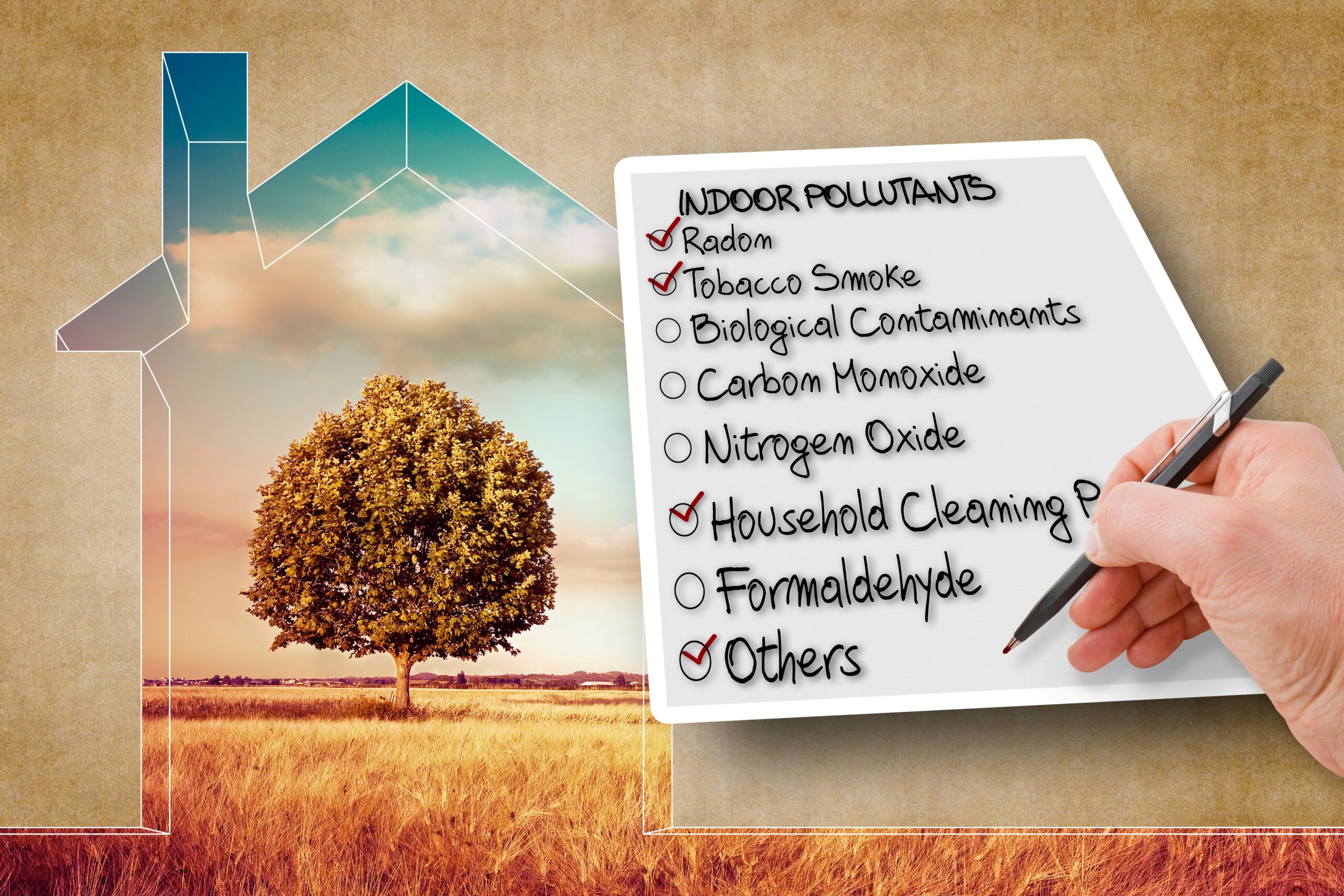Most of us never stop to consider how the air in our home differs from the fresh air we breathe when we step outside. While it may be hard to believe, the truth is that the quality of the air inside our homes is often much worse than the air outside of it.
Even with a high-quality air conditioner and additional filtration systems, monitoring the air quality indoors can be a difficult job that requires insight from a trained and certified professional. Without proper guidance, you can be setting yourself and your family up for a wide range of health issues resulting from poor air quality before you even identify the source of the problem.
In this article, we’ll guide you through everything you need to know about indoor air quality testing so that you can make informed decisions about the well-being of your family, including signs of poor air quality, what to look for in an inspection, and more.

Signs Of Poor Air Quality In Your Home
One of the most significant issues with monitoring indoor air quality is that it can be difficult for most of us to identify the signs of a problem. However, there are a few symptoms you can look out for that can help you determine if the air quality in your home is becoming a source of concern.
Musty or Foul Smells
Ever noticed a strange, musky aroma in your home but couldn’t find the source? Your overall air quality could easily be to blame. In many cases, these odors are actually caused by mold and other particles that are lingering in the air, which will need to be addressed by an air quality expert fast.

Headaches
Beyond your sense of smell, you can also identify air quality issues by paying attention to other physical symptoms. Headaches, for example, can be an indicator that unseen particles are causing irritation in your home.
Coughing
Another physical symptom of poor indoor air quality is coughing, which is usually due to the presence of allergens, mold, and other unwanted particles in the air. This type of cough will be persistent and may not respond to traditional cold and flu remedies.
Fatigue
The easier it is to breathe, the easier it is to energize our bodies. Without good quality air, you could find yourself becoming lethargic or tired more quickly than before, even if your lifestyle has remained the same.
Sleep Disturbances
Conversely, you might also find yourself waking up more frequently during the night. This could be a sign that your body is attempting to warn about the presence of harmful particles in the air.
Itchy Sinuses
When allergens aren’t being filtered out of your home effectively, the result can lead to itchy sinuses, watery eyes, and other common symptoms of an allergic reaction.
Weakened Immune System
Finally, if you or someone in your family suffers from chronic health issues, poor air quality in your home can cause their symptoms to worsen or even render their treatments ineffective. This can lead to devasting consequences if not handled quickly and appropriately by a trained professional.
When To Have Your Indoor Air Quality Tested
Of course, even with all of these signs in mind, there may be times when identifying an air quality issue in your home is nearly impossible without the insights from a reliable indoor air quality test. That’s why we recommend having a test performed when any of the following circumstances occur:
After Water Damage
Water damage is a nightmare for any homeowner, whether you’re dealing with minor flooding or a more severe situation. Along with causing substantial damage to your home’s structure, water damage can also leave behind mold and other harmful particles, which greatly impact your indoor air quality. We suggest having your air quality tested anytime you’ve encountered water damage in your home, regardless of how small the damage may appear.

Pre-Childbirth
Preparing your home for the arrival of a newborn is an exciting yet often stressful time. Since infants have naturally more vulnerable immune systems, it’s a good idea to have the air quality in your home tested while you’re expecting, ensuring that Mom and baby can breathe easily.
Spray Foam Insulation
Using spray foam insulation has many benefits, especially when you’re looking to increase the energy efficiency of your home. Unfortunately, there are some downsides to these types of insulations, particularly when it comes to air quality. Spray foam is known to trap particles in your home rather than allowing them to be filtered back outside. If you know you have this type of insulation on your property, having your home tested regularly is a good idea.
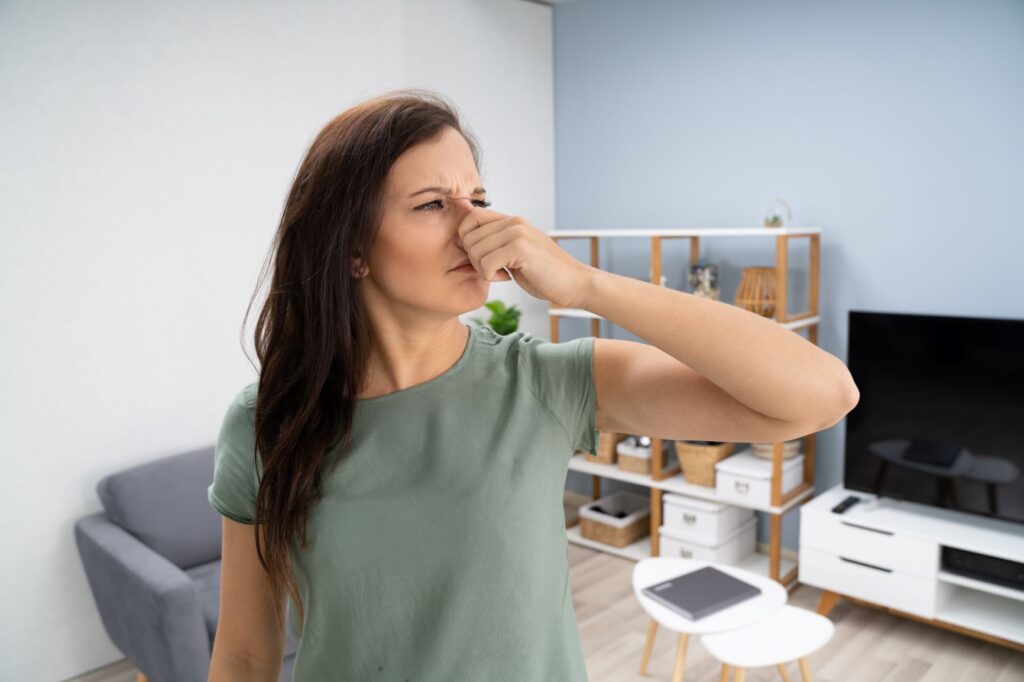
Post-Hospitalization
As we’ve mentioned, poor air quality can be a major health concern for anyone with a weakened immune system. If you’ve recently been hospitalized or undergone surgery, ensuring good air quality in your home can help you recover more effectively and have you feeling like your usual, healthy self again in no time.
Seasonal Changes
It’s no secret that seasonal allergies vary throughout the year, which is why we suggest having your indoor air quality tested as the seasons change. This can help lessen the impact of outdoor allergens entering your home and reduce the irritations that come with these fluctuations.
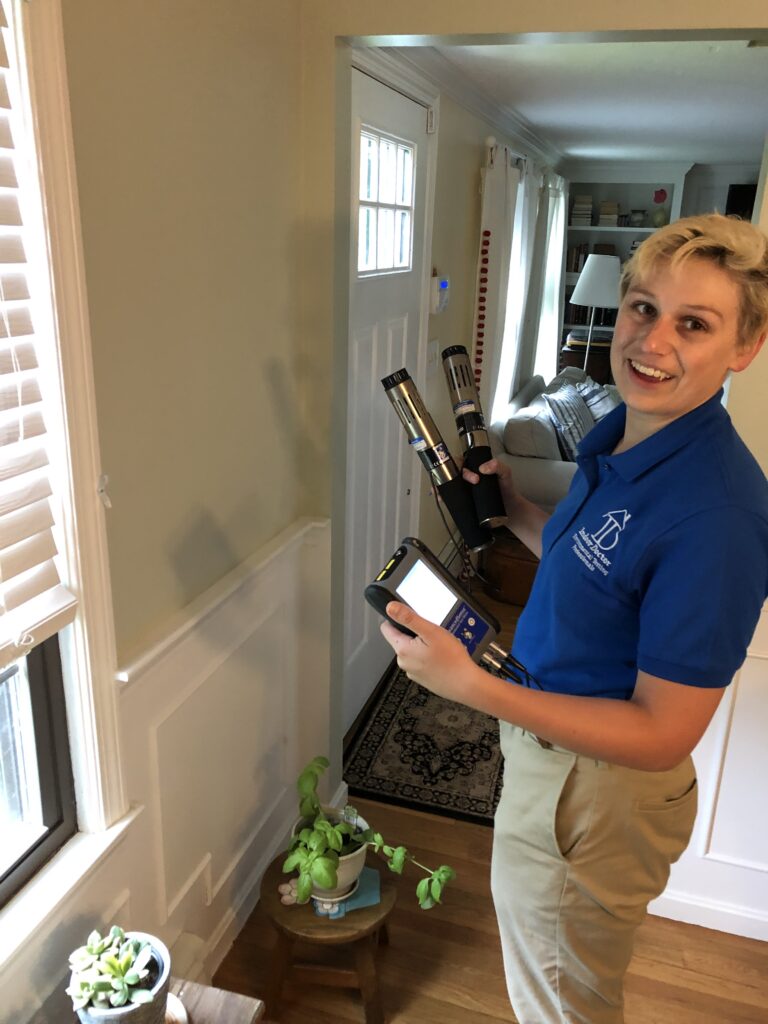
How Does Indoor Air Quality Testing Work?
Now, it’s important to keep in mind that there are a LOT of companies that claim to offer indoor air quality testing services but lack the accreditations and expertise to perform these tests effectively. Before you choose a company for your air quality testing needs, it’s a good idea to familiarize yourself with the key parameters that are required for a comprehensive indoor air quality test.
Moisture and Mold Screening
First and foremost, moisture and mold are a top contributor to poor air quality in residential homes. Mold produces dangerous spores and can linger in the air when left untreated, which is why mold testing is a crucial component of an air quality test.
Ultrafine Particulates (PM)
There are many types of fine particles that can impact the air quality in your home, but the most common are PM 2.5 and PM 10. Testing for these specific particles is essential to understanding the overall air quality in any space.
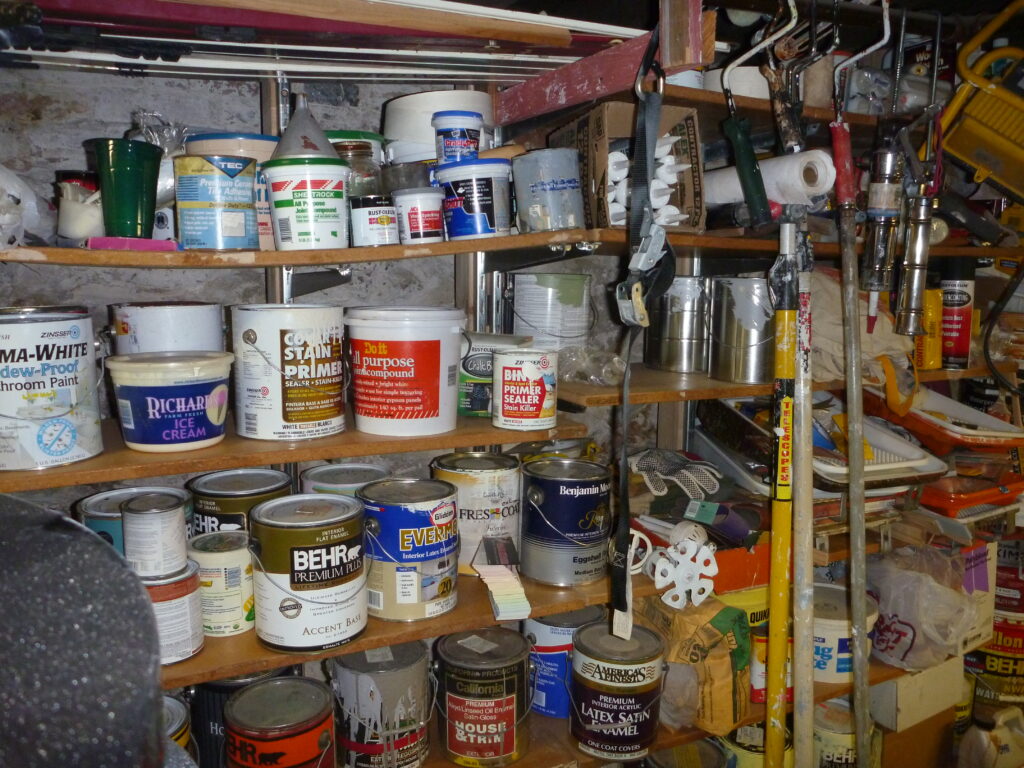
Volatile Organic Compounds
Volatile organic compounds, or VOC, are particles that are emitted from many everyday household items, including cleaning products, paints, and other furnishings. Typically, these VOCs are filtered out through your ventilation system but still need to be tested to ensure good air quality.
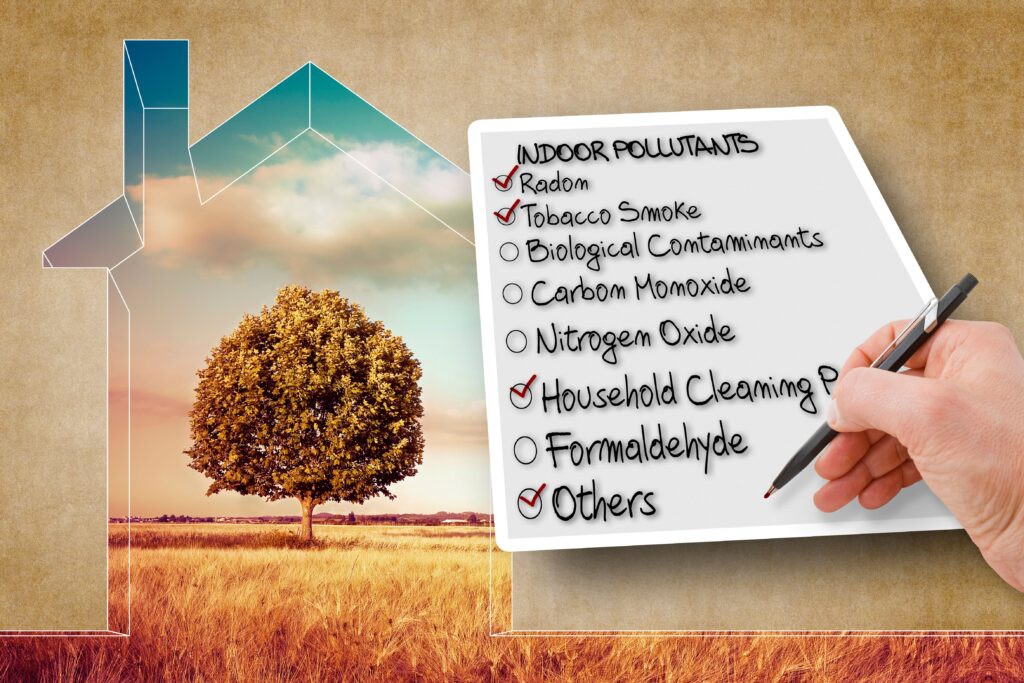
Formaldehyde
Formaldehyde is present in a wide range of commercial and residential building materials, and it is relatively harmless at low levels. However, if high levels are present in your home, this can lead to serious health issues for your family.
Carbon Dioxide
Most of us are well aware that carbon dioxide is highly hazardous at high levels, but in reality, even low levels of this gas can be dangerous in your home. A good indoor air quality test will be able to detect when the carbon dioxide levels in your home have become higher than they should.
Carbon Monoxide
Similar to carbon dioxide, carbon monoxide is another colorless, odorless gas that is dangerous to humans when inhaled at high levels. In fact, carbon monoxide poisoning can be lethal within a matter of minutes, which is why testing for this substance is critical in your home.

Allergens
Common allergens can range from outdoor pollen to dander from our furry family members and are usually filtered out through your home’s ventilation system. Unfortunately, these allergens can also build up when your home is not being filtered correctly, causing increased allergic reactions for you and your family.
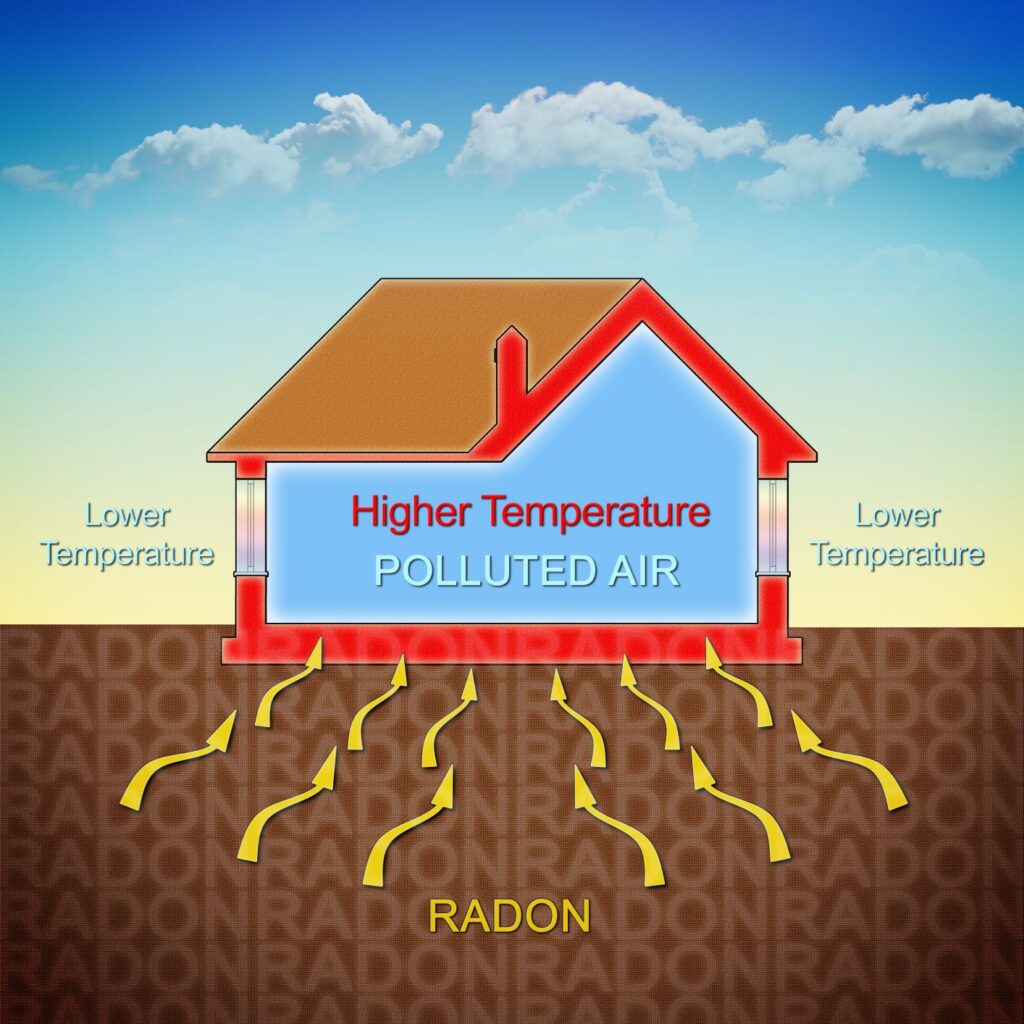
Radon
Radon is a highly harmful gas that seeps up through the soil and into your home. When radon levels become too high, it can lead to a wide range of health concerns. Testing for radon is an essential aspect of an indoor air quality test, especially if you have family members who already suffer from chronic health issues.
EMF
Electronic magnetic fields, or EMF, occur when radiation from power lines, cell phone towers, and other electronic broadcast centers is transmitted into the area around them. While many air quality testing companies don’t offer EMF analysis, more homeowners are becoming concerned about the health implications of being exposed to these fields, and an increase in EMF testing will become more and more crucial as time goes on.

Noxious Gases
Lastly, noxious gases are a type of gas that is considered to be highly toxic when inhaled. The most common noxious gases include NOx, SO2, H2S, and NH3, and all of these should be included in your indoor air quality test.
What To Expect From Your Appointment
We understand that having the air quality of your home tested can seem stressful, especially if you’re already experiencing symptoms of poor-quality conditions. At Indoor Doctor, we take pride in seamlessly guiding our clients through the testing process with care and compassion. Take a look at our team of experts approaches our indoor air quality tests:
Initial Consultation
Before we inspect any home, we start with an in-depth consultation that allows us to gain more insight into your property and the issues you might be having. During the consultation, we’ll take a comprehensive look at:
- Any previous or existing water damage on your property.
- Types of insulation and other materials used in the construction of your home.
- Physical symptoms could be raising concerns over air quality.
- Ownership history, including the dates of any previous inspections.
From there, we’ll create a tailored action plan with the needs of your home in mind.
Visual Inspection
Our testing process starts with an on-site visual inspection performed by a member of our certified team. This allows us to identify any obvious signs of damage that may be impacting the air quality in your home. Some of the most common visual signs include:
- Mold
- Exposed Chemicals
- Mechanical Devices
- Installation Issues
- Faulty Ventilation
- Airflow Impediments
With this information, we can have a better understanding of the issues causing an air quality problem in your space.
Equipment Inspection
When it comes to conducting a comprehensive indoor air quality test, working with reliable equipment matters. That’s why our team is proud to utilize industry-leading resources that empower us to get the best results possible for our clients. Our on-site equipment inspections include tools like:
- Photoionizing Detectors (PIDs)
- Infrared Cameras
- Laser Particle Scanners
- Video Borescopes
- Moisture Meters
- Hygrometers
Sample Collection
Along with our extensive inspection equipment, we offer innovative air sampling tools that allow us to take an accurate reading of the air in your home and return it to our laboratory for testing. In just one visit, we’ll collect a variety of samples from different spaces in your home using tools like:
- Bio-pumps
- Summa-canisters
- Sorbent Tools
Laboratory Analysis
Once we’ve collected an adequate number of samples from your home, we send them to our laboratory partners to be meticulously analyzed for any harmful particles or other air quality issues. We work exclusively with labs that have been certified to handle indoor air quality samples, ensuring that you get the most accurate results possible.
In-Depth Results
As soon as your results are ready, we will deliver them to you ASAP, including an in-depth breakdown to help you understand the findings as easily as possible. If you have any questions about your results, our team is here to help translate these results simply and effectively, giving you the insight you need to move forward.
Expert Recommendations
Ideally, your results will indicate that the air in your home is safe and clear. However, if there is a more serious air quality issue at hand, we’re here to support you. Our team offers expert recommendations for air quality problems of every scale, whether your home needs a simple ventilation upgrade or an expensive mold remediation solution.
How To Find A Trusted Indoor Air Quality Testing Company
There’s nothing more valuable than the air that we breathe. That’s why we’re passionate about helping consumers understand their indoor air quality needs, empowering them to choose a qualified company who can get the job done right. These are the top things you should consider when picking an indoor air quality testing company:
Certification
Not all certifications are created equal. We highly recommend working with indoor air quality testing companies that have been certified or accredited by a non-profit organization that is recognized by local governing agencies. Indoor Doctor is certified and accredited by the American Certification and Accreditation Council, the leading provider of quality certifications for testing professionals.
Experience
There are many factors that can influence the air quality in your home, which is why working with a team of experienced professionals is so crucial. Our team has been helping homeowners understand their indoor air quality for over 20 years, and we bring our unwavering expertise to every project we undertake.
Methods
From new EMF concerns to innovative air sampling solutions, the indoor air quality testing field is always evolving. We strive to stay on the cutting edge of these developments by constantly upgrading our methodologies to reflect these new findings. We leverage a potent combination of keen visual inspections, hands-on equipment, and reliable laboratory analysis to deliver results that our clients can count on every time.
Get Your Home Air Quality Tested Today
Having your indoor air quality tested can give you and your family the ultimate peace of mind from knowing that no unseen threats are lingering in your space. Connect with a member of our team to schedule a risk-free consultation today.
References:
EPA: https://www.epa.gov/indoor-air-quality-iaq/do-you-suspect-your-office-has-indoor-air-problem
University of Illinois: http://www.idph.state.il.us/envhealth/factsheets/airquality.htm#:~:text=Occupants%20of%20homes%20with%20poor,sick%20building%20syndrome%20is%20difficult.
Time Magazine: https://time.com/6262800/air-quality-home-how-to-test-make-safer/


